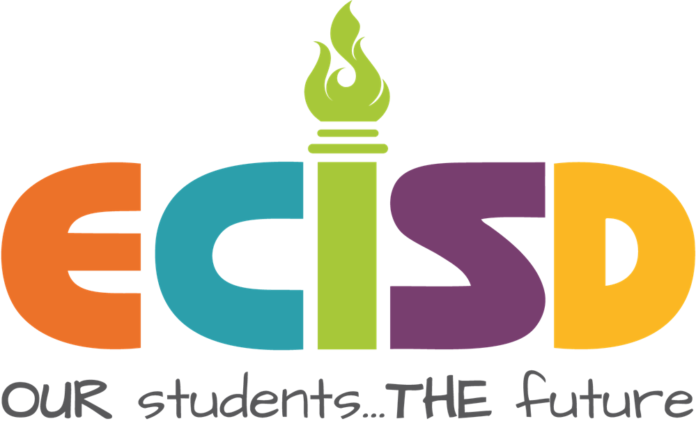The growth of bilingual students has exploded in recent years, according to a presentation at the Ector County ISD Board of Trustees workshop Tuesday.
There are 10,095 emergent bilingual students, including 835 newcomers. In 2021, there were 6,979 emergent bilingual students.
Executive Director of Bilingual/ESL Education Betsabe Salcido said there are 36 home languages in ECISD. There are 224 dual language teachers, approximately
8 English as a second language elementary campuses and 12 secondary ESL campuses.
There are 19 one way dual language elementary campuses preK through fifth grade and one two-way dual language campus (Cameron Elementary School).
The state kindergarten readiness target is 47 percent.
Fifty-four (54) percent of all bilingual ECISD students were kindergarten ready in 2023.
Seventy-five (75) percent of emergent bilingual students in ECISD in 2023 were kindergarten ready.
Thirty (30) percent of the top 10 students in ECISD last year were former bilingual students. The 15 students served by the program included one valedictorian and two salutatorians.
There is a Global Leadership Academy at Odessa High School. The objective and mission is to create a welcoming and safe group for emergent bilingual students to develop real-life skills and develop leaders that will positively impact our community.
There are 224 dual language teachers for 2024-25 compared to 212 in 2023-24.
The number of teachers increased from this year to last year because of the increase in bilingual students.
Salcido said classes have more students in them this year than in the past. That’s true of classes districtwide due to budget cuts.
Interim Superintendent Keeley Boyer said they are 28 students to one teacher.
Salcido said they have provided additional staff and are growing their own bilingual teachers.
She added that it is a continual process of finding teachers.
Parents can opt out, but the program still has to monitor them and also students who have exited the program.
Depending on if the student was in preK or kindergarten with ECISD, students can exit under state rules as early as fourth or fifth grade.
Most stay through fifth grade and some through sixth if they are in the dual language programs at Austin Montessori and Cameron Elementary.
Salcido said it takes 5 to 7 years to attain advanced language fluency in a second language.
The board also heard presentations on math and science and a report on partnerships with the STEM Academy and Odessa YMCA.
The new math course sequence in high school was algebra 1, algebra 2, geometry and fourth year math. The idea was to better prepare students for the TSIA (Texas Science Initiative Assessment) readiness.
The TEA website said “the TSI Assessment (TSIA) is part of the Texas Success Initiative program designed to help your college or university determine if you are ready for college-level course work in the areas of reading, writing, and mathematics.”
The idea is to keep the momentum of algebraic learning.
In 2024-25, there are many more algebra 2 classes and very few geometry classes.
Crissy Medina, president and CEO of the Odessa YMCA Learning Center, said among the 2024-25 priorities and goals include:
- Expansion of program through new build/capital campaign. They want to increase students by 40 percent.
- Increase after/before school care services for families.
- Focus on staff retention/growth, training opportunities.
- Combine efforts to align regulations through the state agencies (TEA, childcare licensing, etc.)
Medina said they are pretty close to capacity. They are also seeing growth in bilingual students.
Trustees also heard about the renovations to the auditorium and construction of a new JROTC firing range from David Finley, director of the K-12 Sector at Parkhill, Smith & Cooper architects.
Finley said this is very early in the process.
The majority of the Permian High School auditorium project is interior renovations. There are new seats and new flooring, among other things, in the plans.
The JROTC project involves firing lanes, shooting zones, viewing gallery, an armory and restrooms. About 125 students use the firing range.
Views of the designs and sketches can be seen at https://meetings.boardbook.org/Public/Agenda/1406?meeting=655898




